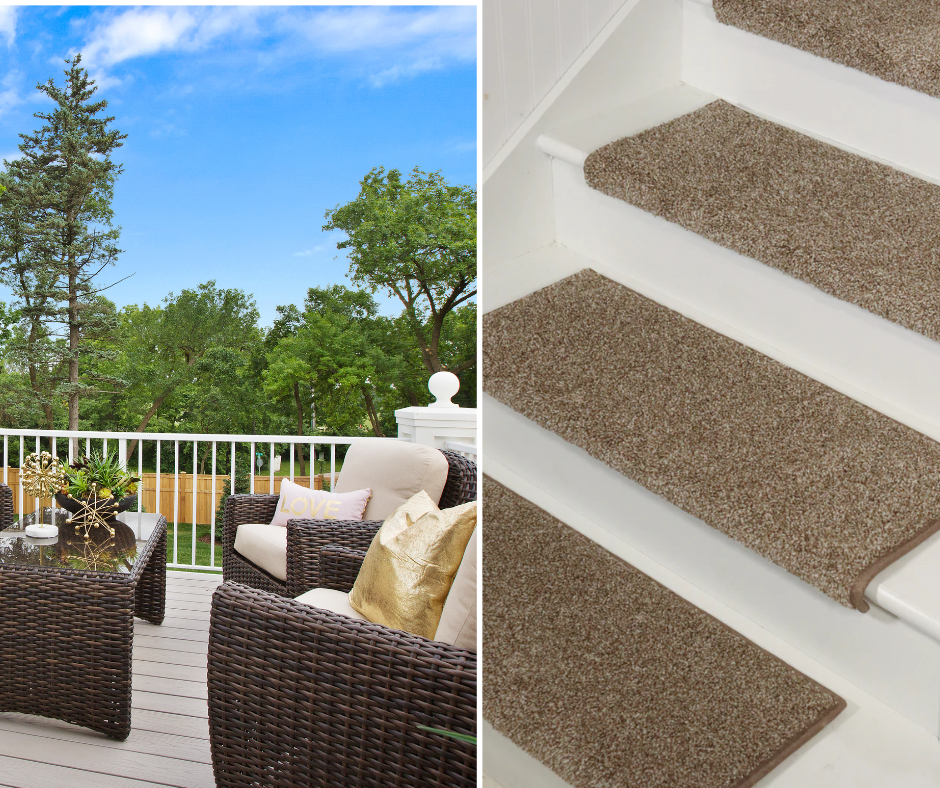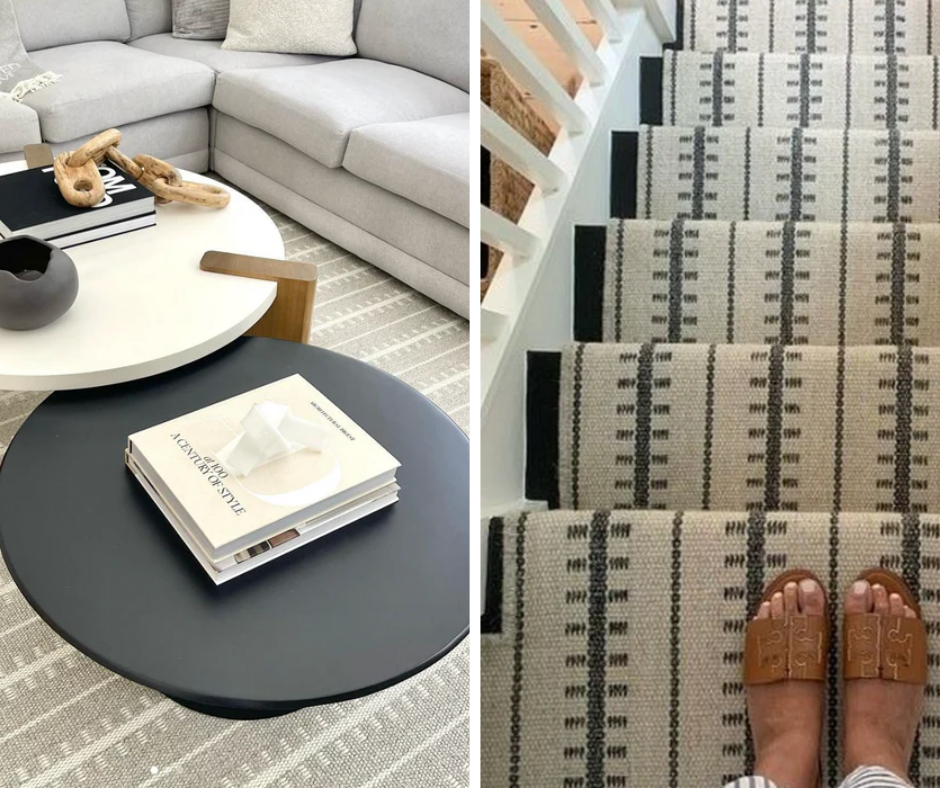Thinking about adding a touch of style and safety to your stairs?
Installing stair runner padding is a great DIY project that not only enhances comfort but also adds a layer of protection to your staircase.
Whether you have hardwood stairs, stair runner padding can make each step feel softer underfoot and help reduce noise.
It's a great option for enhancing comfort while preserving the quality of your stairs.
Learning how to install stair runner padding is essential if you want to protect your stairs while enjoying a plush, luxurious feel with every step.
Steps to Install Stair Runner Padding
- Measure your stairs: Start by measuring the depth and width of each stair tread. If your stairs have a rounded edge, called the "nosing," be sure to measure around it for accurate cutting.
- Cut the padding: The padding should be narrower than the runner itself. For example, if your runner is 27 inches wide, cut the padding to around 25 inches wide so it remains hidden. If your stairs have nosing, cut the padding about 3 inches longer than the tread depth to wrap around the edge snugly.
- Attach the padding: Secure the padding with double-sided carpet tape. Place the tape along the edges and down the center of each tread, ensuring the padding stays in place during installation. For added stability, use a staple gun to fasten the padding under the nosing and along the tread’s edges.
- Install the runner: Now that your padding is secured, it's time to lay the runner. Align the runner carefully with your markings and staple it down along the risers and treads, ensuring a smooth and even installation.
Can Stair Tread Pads Be Used on Carpeted Stairs?
Yes, stair tread pads can be used on carpeted stairs, but you’ll want to make sure they’re secured properly to prevent slipping.
Look for non-slip backing, but be sure to secure the pads with staples or tacks to hold them in place, especially if your carpet is plush or thick.
How to Measure and Cut Padding for Stair Runners
Measuring and cutting padding is straightforward if you take it step by step.
First, measure the width and depth of each tread.
Your padding should be about 1-2 inches narrower than the runner to stay hidden.
If you have nosing, add a few extra inches to wrap around the edge.
Use the first piece of padding as a template for the rest.
Tools and Materials Needed to Install Stair Runner Padding
Before you start, gather the necessary materials:
Double-sided carpet tape.
Carpet padding.
Staple gun and staples (5/8-inch or 9/16-inch).
Utility knife or fabric scissors.
Tape measure.
Pencil for marking.
Having the right tools following these steps can help make the installation process smoother and reduce potential challenges, giving you a polished, professional finish.
Common Mistakes to Avoid
Even with the best intentions, a few common mistakes can happen during installation:
- Padding is too narrow: If your padding doesn’t cover the tread adequately, it won’t provide enough cushioning or protection.
- Not securing the padding well: Without enough staples or tape, the padding can shift under the runner, leading to wrinkles or discomfort.
- Improper cutting: Be sure to measure twice and cut once. Padding that's too short won’t offer full protection, while overly long padding can bunch up.
Steps to Success
By following these steps, you’ll not only protect your stairs but also give them a luxurious and stylish upgrade.
Measure carefully, cut the padding to fit, and secure everything in place with tape and staples.
With each step you take on your new stair runner, you’ll feel the difference—softer underfoot and quieter in your home.




